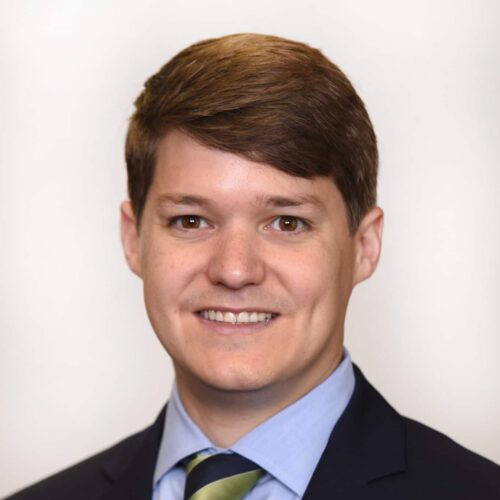The fourth-year program allows veterinary students some flexibility to concentrate on their interests in specific areas. The program begins immediately following the conclusion of Year 3 (approximately early March) and continues for 14 months.
Each course in the fourth year is taught as a 2- or 3-week block. Students take each course as a separate block. Students select clinical rotations with guidance from faculty advisors. A student may concentrate his/her attentions toward small or large animal rotations, or they may pursue a more general, mixed-animal course of study.
Because the fourth-year program is continuous, some blocks may end or begin during holidays or semester breaks.
Clinical Rotations:
- Small Animal Community Practice
- Clinical Anesthesiology
- Clinical Radiology
- Diagnostic Pathology
- Large Animal Internal Medicine
- Large Animal Surgery
- Large Animal Farm Practice
- General Theriogenology
- Food Animal Practice
- Food Animal Practice – Beef Cattle
- Dairy Production Medicine
- Large Animal Emergency Medicine & Surgery
- Large Animal Advanced Anesthesia
- Equine Diagnostic Imaging & Lameness
- Small Animal General Surgery
- Small Animal Orthopedic Surgery
- Exotic Animal, Wildlife, and Zoo Clinical Medicine
- Small Animal Dermatology
- Small Animal Ophthalmology
- Small Animal Internal Medicine
- Small Animal Neurology / Neurosurgery
- Small Animal Clinical Oncology
- Small Animal Cardiology
- Small Animal Emergency and Critical Care
- Studies in Advanced Clinical Parasitology
- Wildlife Population Health
- Anatomic Pathology Clerkship
- Advanced Dairy Medicine
- Advanced Small Animal Nutrition
- Avian (poultry only) Medicine Clinical Rotation
- Practice Management
